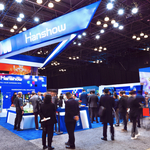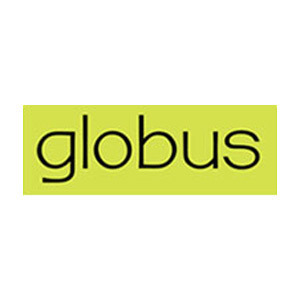However, a retrospective analysis shows that 2015 was an exceptional year with a record level of orders and not the new standard expected by the industry. In general, negative publicity, resistance from health authorities and private insurances to reimburse proton therapy and cost hurdles as a whole have certainly been important factors in the slow adoption of proton therapy facilities in the recent past. This limited support from investors and healthcare payers remains unchanged and linked to both the higher price of this modality compared to external radiotherapy and the lack of definitive clinical demonstration of superiority (which is under progress).
As of February 2019, there were fewer than 240 particle therapy (mostly proton therapy) treatment rooms available to patients worldwide. This low number represents only 0.3 particle therapy treatment rooms per ten million people compared to roughly an equivalent 20 radiotherapy systems in the world. There is still a lot of improvement possible in this field.
In order to sustain the market growth and to increase the use of proton therapy as an efficient cancer treatment, the PT industry should encourage the research, collection, and on-going publication of clinical evidence. In addition a stronger marketing is needed in order to grow the referencing of patients toward proton therapy centers. Some mixed signals from the proton therapy area have already been observed, for instance a growing interest of the medical-scientific community stating that at least 10% of the population requiring external radiotherapy treatment could benefit from proton therapy. However, this level reached only 0.7% in 2018 and almost all operational particle therapy centers are far to be at saturation level, with only 17% of them able to treat on average over 200 patients per treatment room.
These data are now extensively detailed in the new Proton Therapy World Market Report & Directory, Edition 2019, a 350-page document featuring a comprehensive review of the world market dynamics with an analysis of both past evolutions and future trends to the year 2030, and a detailed profile of 29 promoters, manufacturers or developers of proton and carbon therapy equipment with a directory of all PT facilities that are expected to become operational by 2023.
Detailed table of contents and sample pages available upon request to peg@medraysintell.com
About MEDraysintell
MEDraysintell is a team of international experts providing first-rate strategic intelligence in nuclear medicine, radiotherapy, proton therapy and brachytherapy. We offer the most comprehensive set of reports and directories, written by specialists from the field, with over 2,200 pages of unrivaled intelligence covering some of the most exciting healthcare technologies using radiation for diagnosis and treatment. We offer client-specific intelligence in the field of radiation healthcare, with the upmost knowledge leveraging our extended network of worldwide contacts. We are proud to support numerous companies globally, helping them better understand the markets, the competitive environment, the technology development as well as the potential of merger and acquisitions (M&A). We have repeat satisfied clients operating in the field of medical radiation, investment banks and institutional investors, large international consulting firms and universities research laboratories. MEDraysintell was created in 2013 by Paul-Emmanuel Goethals and Richard Zimmermann. It combines over 70 years of experience in radiation healthcare. www.medraysintell.com










